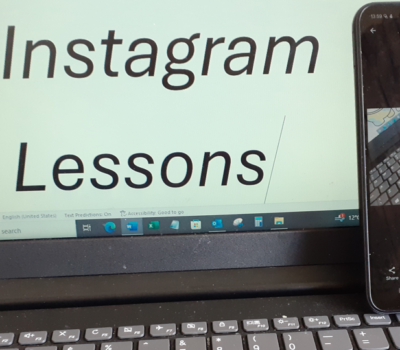
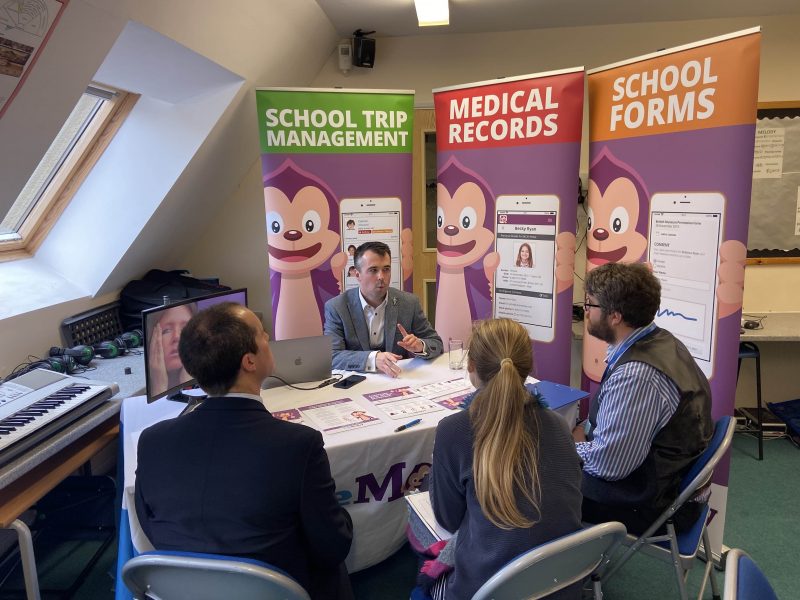

Our team sorts through all blog submissions to place them in the categories they fit the most - meaning it's never been simpler to gain advice and new knowledge for topics most important for you. This is why we have created this straight-forward guide to help you navigate our system.
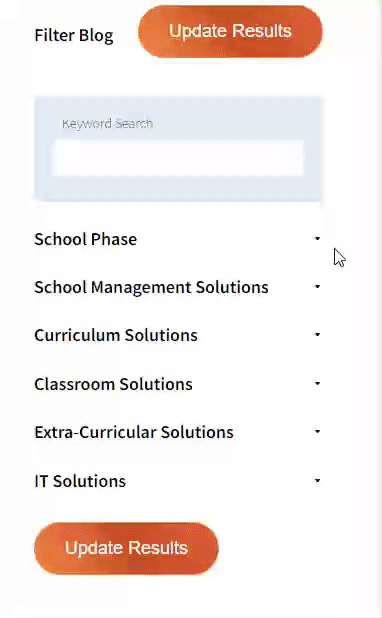
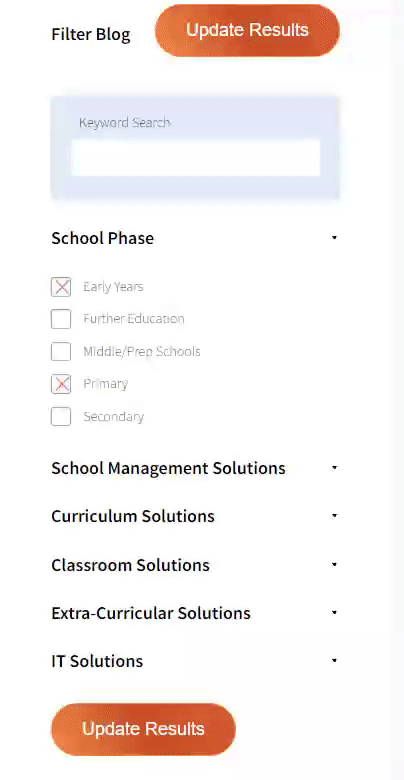
And there you have it! Now your collection of blogs are catered to your chosen topics and are ready for you to explore. Plus, if you frequently return to the same categories you can bookmark your current URL and we will save your choices on return. Happy Reading!
Have you ever thought about a world without the ability to learn instantly? This is evident in our everyday lives now and the children we teach are growing up in that very world without batting an eyelid. Sir Ken Robinson calls the children ‘digital natives.’ We need to tap into this word of instant learning, instant feedback and a chance to try things again. Flipped learning allows you to do precisely that.
If you are repairing your car, baking a cake, fixing an issue with your computer or phone – there’s a video for that. The children we are educating are living in this world and know this – we need to use this technology and learning style in our classrooms. Why are teachers still seen as ‘The Fountain of all Knowledge?’ Why does the National Curriculum still burden teachers with ‘telling’ or ‘spoon feeding’ children knowledge when it is freely available online – we are not breeding the next generation of pub quiz champions.
I’m not saying for a moment that this information is irrelevant, far from it. What I’m staying is that there must be a better way to deliver those messages. The children in our classrooms need to have instant access to this information and then do something with it – not simply memorize it for a test! Blooms taxonomy talks of stages of learning from acquiring knowledge at the bottom through to application, evaluate, and then create at the top. We should be allowing the children to access the higher order thinking skills daily. Flipped learning allow you to do exactly that – it saves you time.
Picture this. You post everything you are about to say to a group of children via a video on a safe social media channel like Edmodo, or Showbie or your school’s website. The children digest the information, answer a few questions, respond to a comment or two, then come armed with those skills to do something with that knowledge. The beauty of a video made by your class teacher is that you can pause and rewind it if you need more time to understand. If they can’t grasp it from the videos, teach them to articulate questions, or show them the video and ask them to hit pause at the part they are finding challenging.
Meanwhile the rest of the class are getting on with some problem solving, application activity that is challenging their higher order thinking skills further.
In my experience parents love these videos. They use them to up their own skills, teach their children and keep in touch with their learning. Some parents are reluctant at first and don’t allow time to watch the videos outside the classroom hours, so open your doors early and allow the children to access the content before school. I haven’t met a parent yet that doesn’t want to drop their child off for school early!
Flipped learning allows class teachers time to talk to the children in their class more, as the pre-watched videos have saved twenty minutes, usually spent pitched the middle portion of our class, whilst the top end know it and the less able don’t understand. Produce three videos, about two minutes in length and ask the children to differentiate themselves. If they achieve; move on to the next challenge. If they are finding things too challenging; reduce the level of challenge. Children can find their own place within a classroom, you don’t need to tell them or group them by predetermined ability groups.
Make your classroom irresistible. The activities should look more like playing and experimenting than sitting in rows producing evidence on worksheets and books. Yes, there is a time and a place for this – children need to practice and refine skills before applying them, but give them the bigger picture.
Teach area and perimeter by wallpapering a board – how much do we need? How much carpet do we need? Let them do it. Show them the formulas for calculation via a video, let them prove they can do it back in the classroom and then let them play, sorry apply skills learned.
Flipped learning opens the door to time. You can spend valuable time with your children and less time preaching to them using chalk and talk. Try it, you won’t regret it.

The author

Read more

Read more

Read more

Read more

Read more
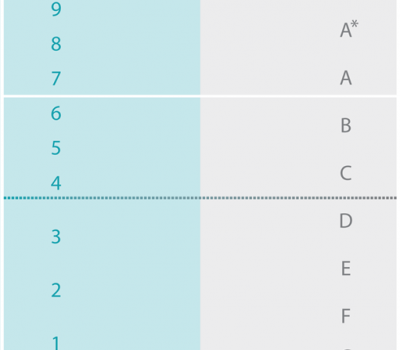
Read more
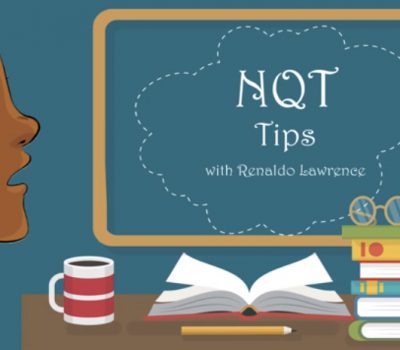
Read more

Read more


Are you looking for solutions? Let us help fund them! Nexus Education is a community of over 11,000 schools that come together to share best practise, ideas and CPD via online channels and free to attend events. Nexus also offers funding to all school groups in the UK via nexus-education.com


Established in 2011, One Education is a company at the heart of the education world, supporting over 600 schools and academies. Our unique appeal as a provider is in the breadth and synergy of the services we offer, supporting school leaders, teachers and support staff to achieve the best possible outcomes for their pupils and staff.

School Space is a social enterprise that has empowered schools for over 12 years through their profitable and hassle-free lettings services. So far, they’ve generated over £5 million in revenue for education, helping to connect over 200 schools with their local communities.


Unify is an online sales and marketing tool that allows users to create tailored personalised documents in moments.


There’s nothing special about the energy we sell. In fact, it’s exactly the same energy as all our competitors provide. But there is something special about the way we do it. Where others complicate the process, we simplify it. Where others confuse customers with hidden terms, we’re an open book. And where others do all they can to make as much money from their customers as possible, we do all we can to make as little. Everything we do, we do it differently. Our customers are a privilege. One we’ll never take advantage of.


Securus provide market-leading monitoring solutions to safeguard students on ALL devices both online and offline. We also offer a full monitoring service, where we carry out the monitoring on behalf of the school, freeing up valuable staff resources. From the smallest school to large MAT groups, Securus offers safeguarding protection for all!


Bodet Time offers dedicated solutions to education through lockdown alerts, class change systems, PA and synchronised clock systems. Improving time efficiency of the working and school day; ensuring safety through lockdown alerts; increasing communication with customised broadcast alerts.


Robotical makes Marty the Robot - a walking, dancing coding robot that makes programming fun and engaging for learners as young as 5. Our robots come with a full Learning Platform that has complete teaching resources, to make lesson planning a breeze.
